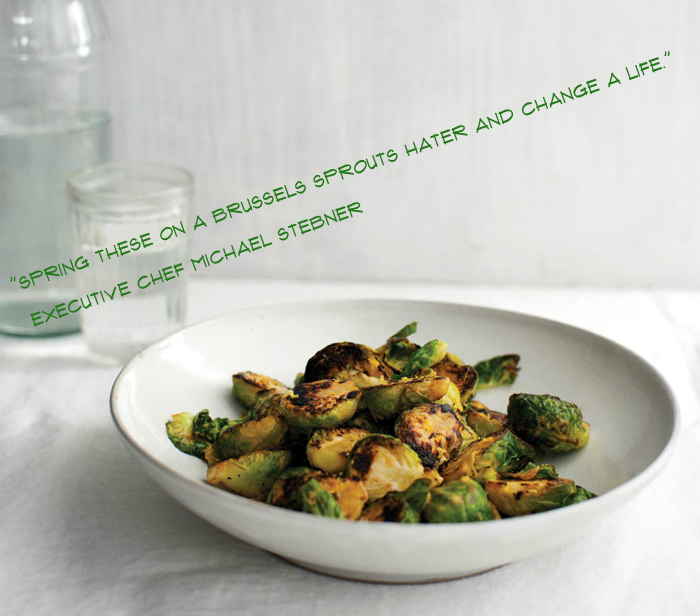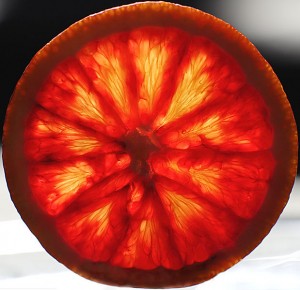Have you been to a True Food Kitchen restaurant? Everything, EVERY SINGLE MENU ITEM there is so freaking amazingly fresh and delicious. The brainchild of health and nutrition guru Dr. Andrew Weil, True Food’s motto is “honest food that tastes really good”. YOU MUST GO.
Onward! We are sticking with our New Year’s resolution, avoiding Trader Joe’s cookie butter, and eating all of the green things. Today we share with you True Food Kitchens recipe for Brussels Sprouts with Umami Sauce. Created by Executive Chef Michael Stebner, here is what he has to say about this dish:
” Most people who say they hate Brussels sprouts have never had them properly prepared. The secrets: Choose fresh, smallish, young sprouts; do not overcook them; and enhance them with the right seasonings. Here, halved sprouts are quickly stir fried with garlic, then tossed in True Food’s Umami sauce. Spring these on a Brussels sprouts hater and change a life.”
Brussels Sprouts with Umami Sauce
Brussels Sprouts:
1 ½ teaspoons expeller-pressed canola oil
1 ½ pounds Brussels sprouts, halved
2 garlic cloves, thinly sliced
1/3 cup Umami Sauce (see below)
2 teaspoons freshly squeezed lemon juice
½ teaspoon freshly grated lemon zest
¼ teaspoon salt
¼ teaspoon freshly ground black pepper
Umami Sauce
1/4 cup apple cider vinegar
1 cup flaked nutritional yeast
3/8 cup tamari (low-sodium)
1 c olive oil
1/2 cup water
6 cloves garlic, mashed
Umami sauce instructions:
Add everything to food processor except oil.
Then, with motor running, add oil in a thin stream.
Umami sauce is great on salads, vegetables, etc. Use flaked yeast, such as Red Star brand, not powdered.
Brussels sprouts instructions:
Heat a wok or skillet over high heat. Add the oil. When hot, add the Brussels sprouts and garlic, and sauté for 1 minute. Add ¼ cup water, cover, and cook for 2 minutes, tossing to cook evenly. Remove the cover and stir in the Umami Sauce, lemon juice, zest, salt, and pepper. Continue to cook while occasionally tossing until the liquid is reduced to a thick sauce, about 7 minutes. Transfer to plate and serve hot.



